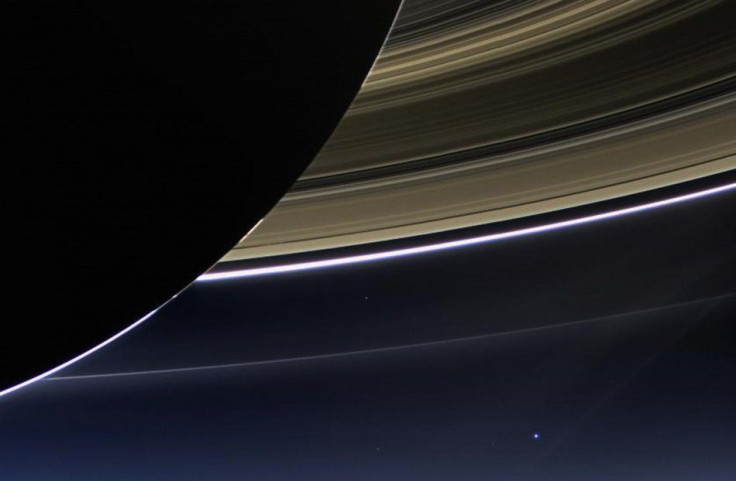Scientists Point Out Exact Location Of Saturn And Its Moons

Scientists have said that they could point out the exact location of Saturn and its moons within just 4 kilometers despite the fact that the planet might be billion miles away. Ten antennae were spread out in an area from Hawaii up to the Virgin Islands through which the discovery was made.
The antennae, which was assembled, was known as the Very Long Baseline Array. It was used to signals that were sent by the Cassini probe, the first extended mission to Saturn. This assembly was used for the purpose of finding out the exact position of the planet. The information that was got through the VLBA was combined with the information from Deep Space Network of the National Aeronautic and Space Administration, a government agency in the US which is responsible for civilian space programs, about the Cassini probe, reported the Daily Mail.
The pointing out of the exact location has helped in improving the knowledge of the astronomers with regards to Saturn's orbit. In addition to that, it could also help NASA with better navigation in its investigations in space. The information provided the scientists the necessary data to make accurate determinations of the location of the barycentre, which is the centre of mass, of Saturn and its moons. NASA is of the belief that the data is about 50 times more precise when compared to the data that had been provided by optical telescopes that were based on the ground.
Initially, estimates of the position of Saturn and its moons were made using data that was obtained from tracking the radio signal of the Cassini probe while it was communicating with the Earth. It was found that the new calculations which were enhanced by the data of the VLBA was about 20 times more accurate in comparison to the old method of estimating the location.
The lead author of the study, Professor Dayton Jones from the Jet Propulsion Laboratory in the NASA, said that the work by the scientists was a huge step towards understanding of the orbits of inner and outer planets in the solar system. He and his team have made plans to continue observing the planet with Cassini as well as VLBA until the end of the Cassini probe, which is scheduled to happen in late 2017.
Contact the writer: afza.kandrikar@gmail.com






